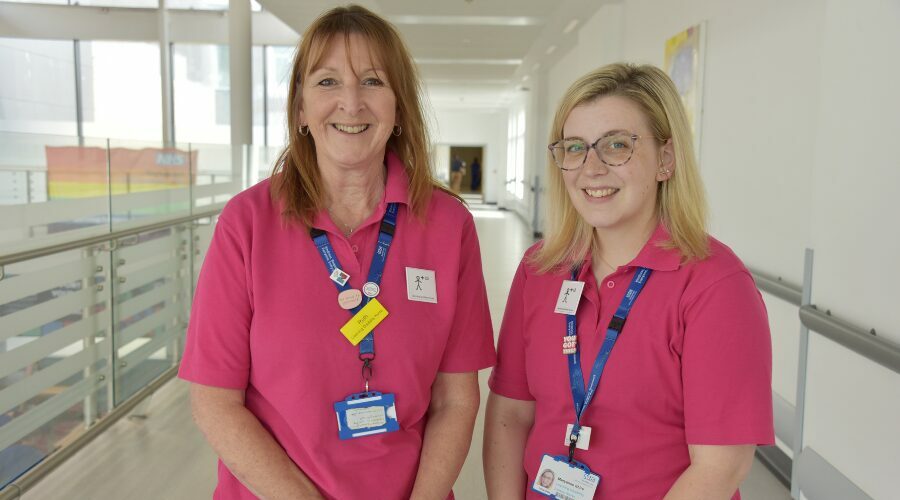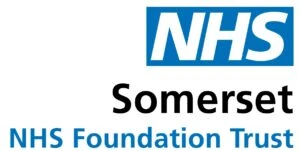
Spotlight
Major investment in learning disabilities care at Somerset’s hospitals
Learning disability care at Musgrove Park and Yeovil hospitals has been handed a major boost thanks to a huge investment by NHS Somerset.
It means our acute learning disabilities team is set to more than double in size, with recruitment under way for additional clinicians and support workers.
A learning disability is defined as a reduced intellectual ability, difficulty with everyday activities, for example household tasks, socialising or managing money.
It affects someone for their whole life, as a person with a learning disability tends to need more support to develop new skills, understand complicated information and interact with others.
Louise Atkinson, who has recently been appointed as the service’s operational lead nurse, explains the background.
“Late last summer we merged our learning disability liaison teams at Musgrove Park and Yeovil hospitals to become one single service for Somerset’s main hospitals,” she says.
“At the same time, we also put in place a new team that specifically deals with capacity assessments for people with learning disabilities, who have been referred for urgent investigations into possible cancers.
“We are in the process of recruiting additional specialist nurses, support workers and administrators at both hospitals…with even more to come.
“Our service is growing from strength-to-strength thanks to this investment, and we’re now able to spend more time than ever with our patients.
“We’re busier than ever too, as since October 2024, the number of patients referred into our service has been increasing every month, and in January we saw 65 new referrals at Musgrove Park Hospital, which was the most we’ve ever had.”
Our acute learning disabilities team provides support for adults who have a learning disability and need care at Musgrove Park or Yeovil hospital – either on the ward, outpatient clinic, maternity, diagnostic scanning, or planned operation.
“Part of our role includes advising our colleagues across the hospitals on what reasonable adjustments might be needed for individual patients, to ensure they get an equal service and health outcome as well,” continues Louise.
“Although we’re pleased with this investment, there’s still so much more we want to do. I’ve written a strategy to cover what we want to do in the next three years, which is currently being reviewed by our trust board.
“It’s based on the national learning disability improvement standards, which is a national initiative to look at the care of people with learning disabilities, both in community and acute hospital settings, and target particular areas that need improvement.
“We’ve also developed some new ways of measuring the success of our service, which are based on areas that we know nationally are challenging for people with learning disabilities.”
Louise explains that the team aims to see every patient admitted to hospital with a learning disability within two working days of receiving a referral.
“Once a patient admitted to hospital has been referred into our service, we aim to complete an initial triage by finding out their needs, as well as what we need our ward and other clinical colleagues to be aware of in terms of their learning disability,” she says.
“We then complete a care plan around the reasonable adjustments they need, which could be things like when an individual is in pain, they’ll present in a certain way that colleagues need to be aware of.
“Sometimes people really struggle to access the hospital as they’re really frightened and can find it very overwhelming, so we just try to find out what’s going to make things easier and try to put that in place as much as possible.
“For people who are coming in for planned surgery or clinic appointments, we call them beforehand, and we can also talk to their carers or family members if helpful, about what they might need to help their appointment go smoothly.
“Each care plan is individual for the patient’s single stay or appointment with the hospital, so if they need further care in the future, then we’d create a new care plan, because their health needs might be different at that point, so they may present in a slightly different way and potentially need different adjustments.
“We want to make sure that our patients’ care plans are more visible to colleagues on the ward too, as this will go a long way to ensuring we get things right for each individual patient, day and night.
“We’re working towards ensuring the care plan can be seen on a clipboard at the bottom of the patient’s bed, so colleagues can just pick it up and read it rather than having to go searching in the notes. This is a work in progress, but we hope to get there soon.”


